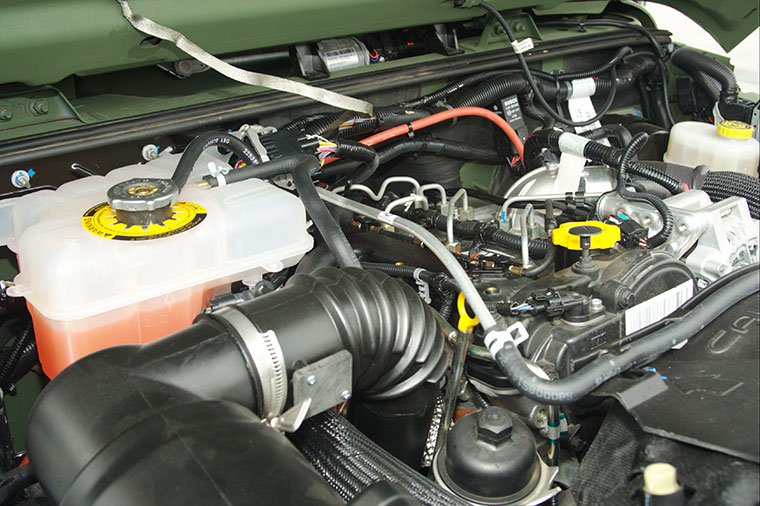By: Gov Auctions | 16 April 2015
How to Check for Radiator Leaks in Your Car

Your radiator is an important piece of your car which enables the engine to stay cool. Leaks can occur from time to time due to damaged tubes or other issues with the radiator, so keeping an eye on the state of your radiator is important to hopefully stop a potential breakdown.
Here are 7 easy checks you can do to make sure there are no leaks.
- Drop in coolant levels
When you check your fluid levels in your car, such as your oil, you should be checking your coolant levels as well. This can give you an idea if there could be a leak. Rapidly losing coolant and having to top it up often could be a sign there is a leak somewhere. - Puddle beneath your engine
You may move your car from the driveway or garage to find there is a puddle where your car was sitting. Some puddles can be harmless, such as condensation from the air conditioner on a hot day. However, other puddles such as oil and coolant can be a more serious issue. You can usually tell the difference between oil and coolant due to their colour and texture. Oil will be dark and “slick”, whereas coolant may be colored and watery. - Corrosion and discoloration
If you have a leak from your radiator, you may notice some discoloration on the radiator and surrounding parts of the engine. Check the underneath side of your radiator at regular times by cleaning the engine. If you notice any color changes on the radiator or on hoses, it may mean you need to replace damaged hoses which can be relatively simple. But if the leak is coming from the radiator itself, the leak may be a little harder to fix and is recommended to be done by a mechanic. - Frequent engine overheating
If you are constantly at the side of the road with an overheated engine, chances are you’ve got a leaking radiator. Having to keep topping up coolant due to the engine getting too hot is a sure sign you have a leak. - Check the pressure cap
Sometimes the easiest fix to an overheating radiator lies within the pressure cap. If buying a new cap, ensure the salesperson takes the details of your car make, model, and year of manufacture to ensure you get the correct cap size. Also check the pressure limits (psi) of the cap against the car manual to make sure the cap is suitable. - Check the hoses
It’s a good idea to check the state of all the hoses under the hood regularly, whether you’re having issues or not. If you notice any hoses looking deteriorated, split, broken, brittle, cracked or leaking, it’s best to fix or replace them as soon as possible. This will save you money in the long run, and will potentially avoid a breakdown in the middle of heavy traffic. - Check for internal leaks
Although internal leaks are usually hard to spot, you can do a couple of quick checks quite easily by looking around under the hood. If you do find something that may be a leak, it’s worth paying a quick visit to your local mechanic to look into it further.
For example, when the radiator is cool, remove the cap and take a look at the coolant. If you see any oil or frothy bubbles in the tank, you may have an internal leak somewhere. You may also have a leaking cylinder-head gasket if you can smell exhaust gas in the coolant itself when the engine is running.
By following these tips you can easily identify when your radiator is causing issues, and ideally get it to a mechanic before anything more serious goes wrong.